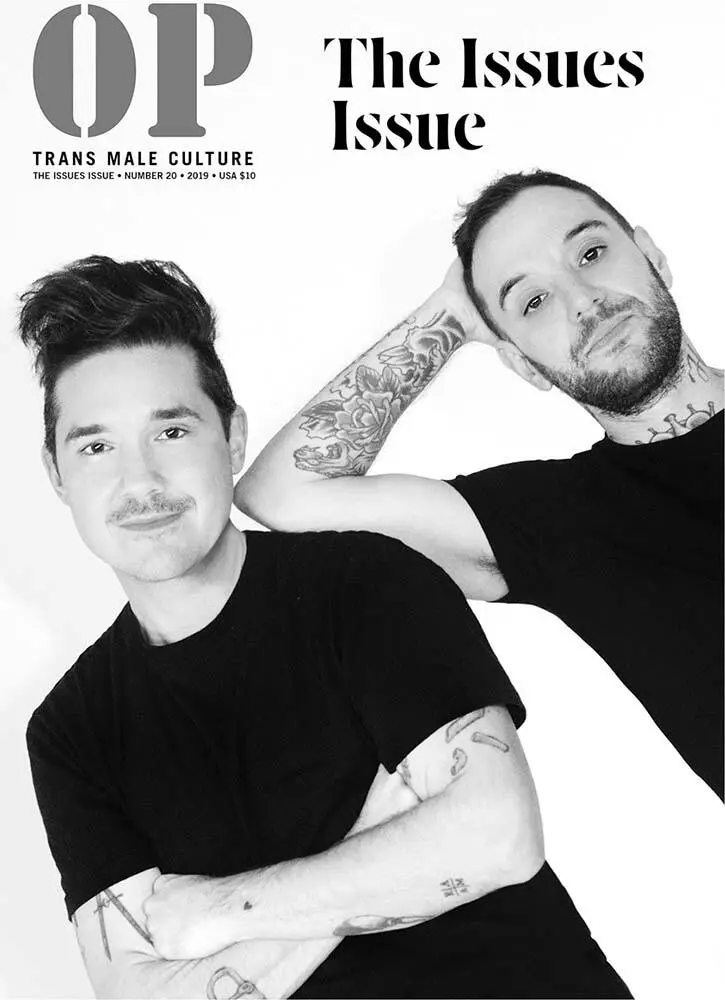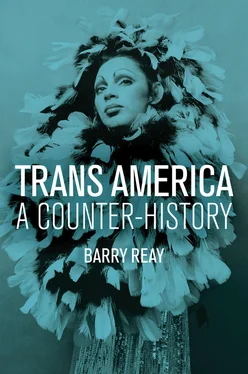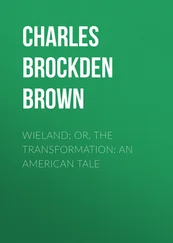Obviously, the medical model has framed discussion and shaped the lives first of transsexuals and then of transgender people; it has determined the rules, the parameters, the gates to treatment, and even self-perception. Austin Johnson’s labels ‘hegemonic’ and ‘normative’ are entirely appropriate. 56The sociologist Myra Hird was horrified by the attitudes of psychiatrists, physicians, and psychologists when she attended a gender identity conference in 2000, including ‘highly stereotyped notions of gender’ and the continued framing of transsex (and homosex) as pathology. 57Many commentators have pointed to the persistent gender essentialism and heteronormativity of the paradigm still present in the regime of DSM-5. 58
Yet, despite this dominating role, there has still been room for trans agency, evidence of what Dean Spade has termed ‘a self-conscious strategy of deployment of the transsexual narrative by people who do not believe in the gender fictions produced by such a narrative, and who seek to occupy ambiguous gender positions in resistance to norms of gender rigidity’. 59Judith Butler once referred to San Francisco’s ‘dramaturges of transsexuality’, who coached trans men in the gender essentialism which they did not personally hold – yet needed when they approached the psychiatrists and doctors who were the gatekeepers to the sought treatment. 60‘I braced myself for a conversation where not adhering to stereotypes and clichés could undo this whole plan’, the British trans woman Mia Violet recalled of her encounter with her therapist in the 2000s. ‘I recited my history of gender dysphoria on cue.’ 61She carefully avoided complicating the expected narrative.

2Original Plumbing , Issue 20, featuring Amos Mac and Rocco Kayiatos.
What clinicians took for patient duplicity could be interpreted as trans agency – as in the case of the famous Agnes, discussed in a later chapter. L. M. Lothstein, the psychologist at Case Western Reserve Medical School in Cleveland, whom we will also encounter later, held group therapy sessions in the 1970s in which patient power was evident. Some black trans women brought their street alliances (forged in sex work) into the clinic, where it became black patient versus white clinician. One, Ann, ‘argued that the real experts on transsexualism were the patients and that the therapists were learning a lot about them via the group therapy’. She claimed that therapists could be ‘bullied into recommending all patients for surgery’. 62When a surgeon was invited in to show slides of gender reassignment, ‘the group focused on the “ugliness” of the constructed vagina’. 63In a later study, Lothstein and his team claimed that such therapy revealed material that had been ‘denied’ and ‘falsified’ in earlier evaluations, again evidence of patient initiative. 64
Elroi J. Windsor has outlined the strategies (apart from submission) available to trans men when negotiating therapy: what Windsor terms ‘manipulation’ (choosing sympathetic therapists, and/or seizing back the initiative in the patient–therapist interaction), and ‘resistance’ (avoiding therapy, challenging diagnosis, walking away when the therapy does not suit). There are overlaps between categories, but the essential point is that, other than merely just ‘doing what needed to be done’ on the therapist’s terms (which was also a tactic), trans men could operate within the medical model. 65Readers should afford me the comparable ability to work the sources analytically, to read against the grain, rather than assume that I am the prisoner of a literature of which I am very critical anyway.
This will apply, too, with the discussion of surgery, which will recur in the pages that follow. We will see that many trans people eschew such accounts because they objectify and pathologize the trans body and pander (again) to the medical model. In his account of his trans journey, Nick Krieger consciously edited out descriptions of the immediate results of his top surgery in an effort to avoid a ‘trans narrative cliché’. 66Yet, either in its practice or in its absent presence (its denial), surgery has always been part of trans history. 67As Eric Plemons frames it, ‘I am an ethnographer of trans- surgical practice not because surgery defines us as trans- people but because it is so very important to so many of our lives.’ 68
We have to be wary of essentializing categories. Just as we should avoid subsuming transvestism under transsexuality, we should resist transgender as a master category for all aspects of trans history: the danger of the Transgender Studies Readers is that they may do just that. When Megan Davidson interviewed over 100 transgender activists in 2004 and 2005, well into the second decade of the transgender turn, she found conflict as well as shared values. 69There were those for whom the medical model of transsexuality, with its binary and surgical certainties, was imbricated in their sense of self. Then there were those for whom fluidity was the key. The former sometimes saw the latter, especially those self-identifying as gender queer, as the province of white, privileged, college students. Davidson encountered an activist who clearly resented what they called the ‘girl in a tie with a crew cut who now feels male and yet is not willing to manifest it other than [with] a tie and a crew cut’. 70Raewyn Connell’s deft history of transsexual women for a feminist readership demonstrates both an awareness of the emergence of transgender and her own preference for transsexuality as the more meaningful category, presumably because it best fits the centrality of the body to that history. 71
Something strange is happening in some strands of trans studies: the erasure of much of trans history. Of course, historical frames of reference vary. For Zackary Drucker, one of the current trans generation, the mid-1990s were formative, and she spoke of discovering the words ‘queer’ and ‘transgender’ as a ‘fourteen-year-old queer youth’. Kate Bornstein was her ‘gender pioneer’. But Bornstein, Zackary’s inspiration, had different influences and perspectives, other historical reference points: Christine Jorgensen, Lou Sullivan, Tula’s 1982 book I Am Woman . 72Writing in the early 1990s, Gordene Olga MacKenzie identified the influence of the TV talk shows – mainly negative – on trans ‘coming out’. 73For Rhyannon Styles, on the other hand, history is compressed even more. Her inspiration, as a gay club kid, was reality television. Before that, ‘Men could only be women in pantomimes, or when using drag to entertain’! 74
The most recent trans generation, of course, turns to the Internet, to varied online communities, Gaming, Google, Facebook, Twitter, Tumblr, and YouTube. 75Tiq Milan has said that in the early 2000s he thought that he was the only ‘Black trans man in existence’ until he found a Yahoo discussion group. 76‘Computer games were my mirror’, writes Shane McGriever, a trans boy, ‘showing me the truth of myself while giving me the purest escape from truth’. 77For Harlow Figa, it was YouTube’s trans male vloggers (‘up to ten hours a day’) who were his big influence: ‘I learned how to speak about my transness through YouTube.’ 78The queer, gender-nonconforming, and trans youth at the drop-in centre studied by Mary Robertson found their sexual scripts on Google, and in anime and fan fiction. 79Not surprisingly, Genny Beemyn and Susan Rankin’s survey of nearly 3,500 transgender people has argued that the Internet was crucial to transgender identity work among the younger transgender participants. 80
Читать дальше












